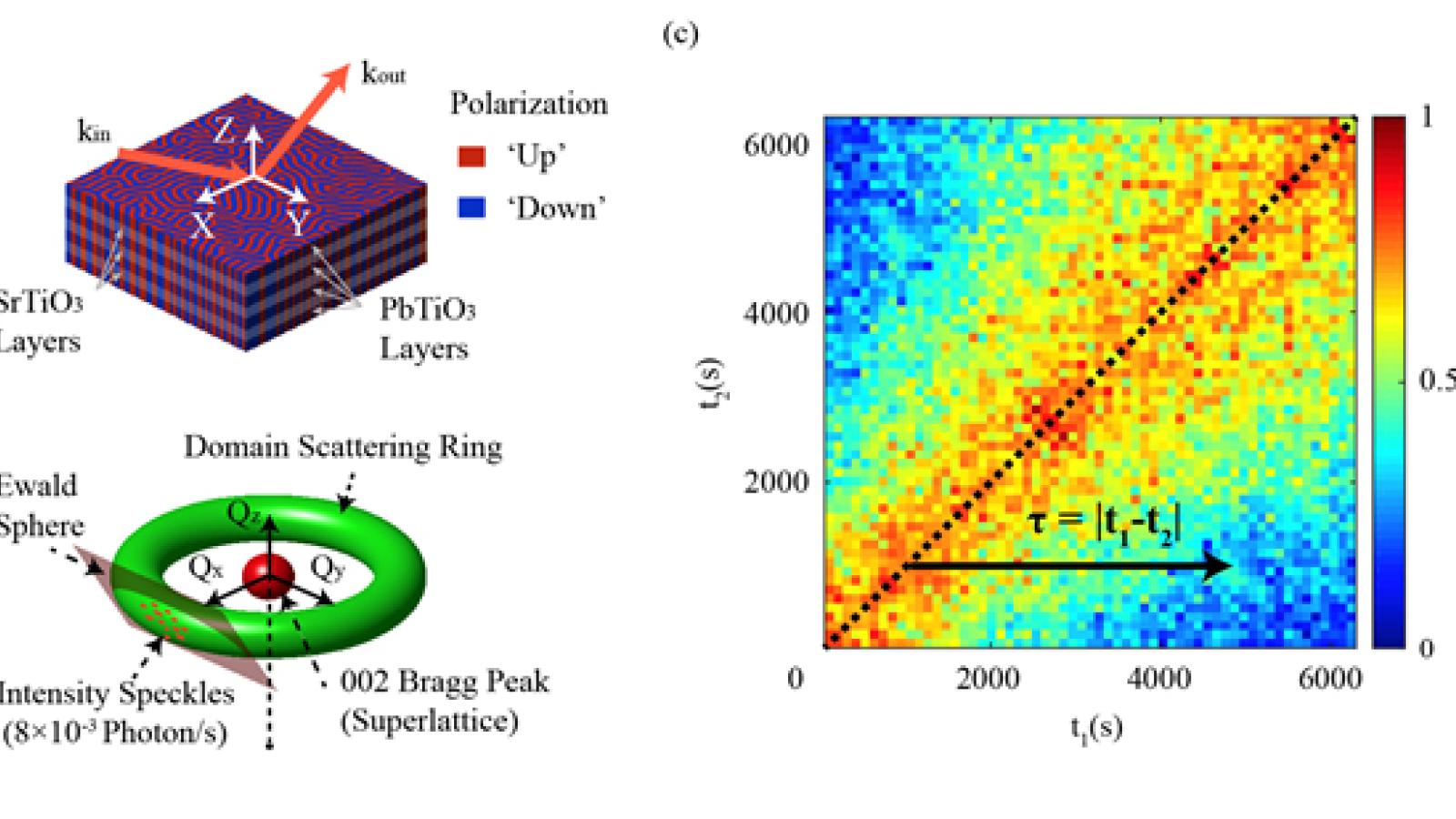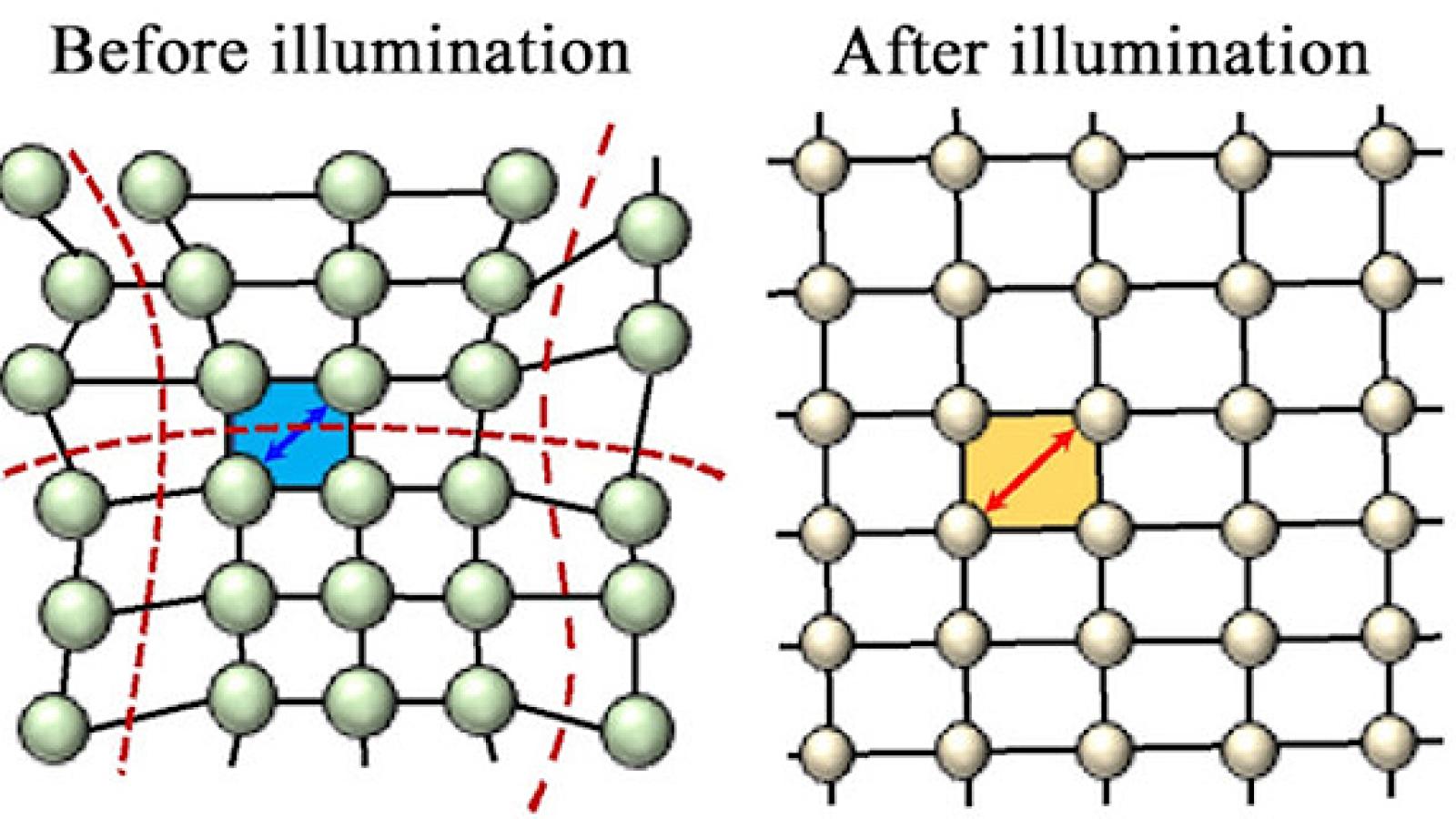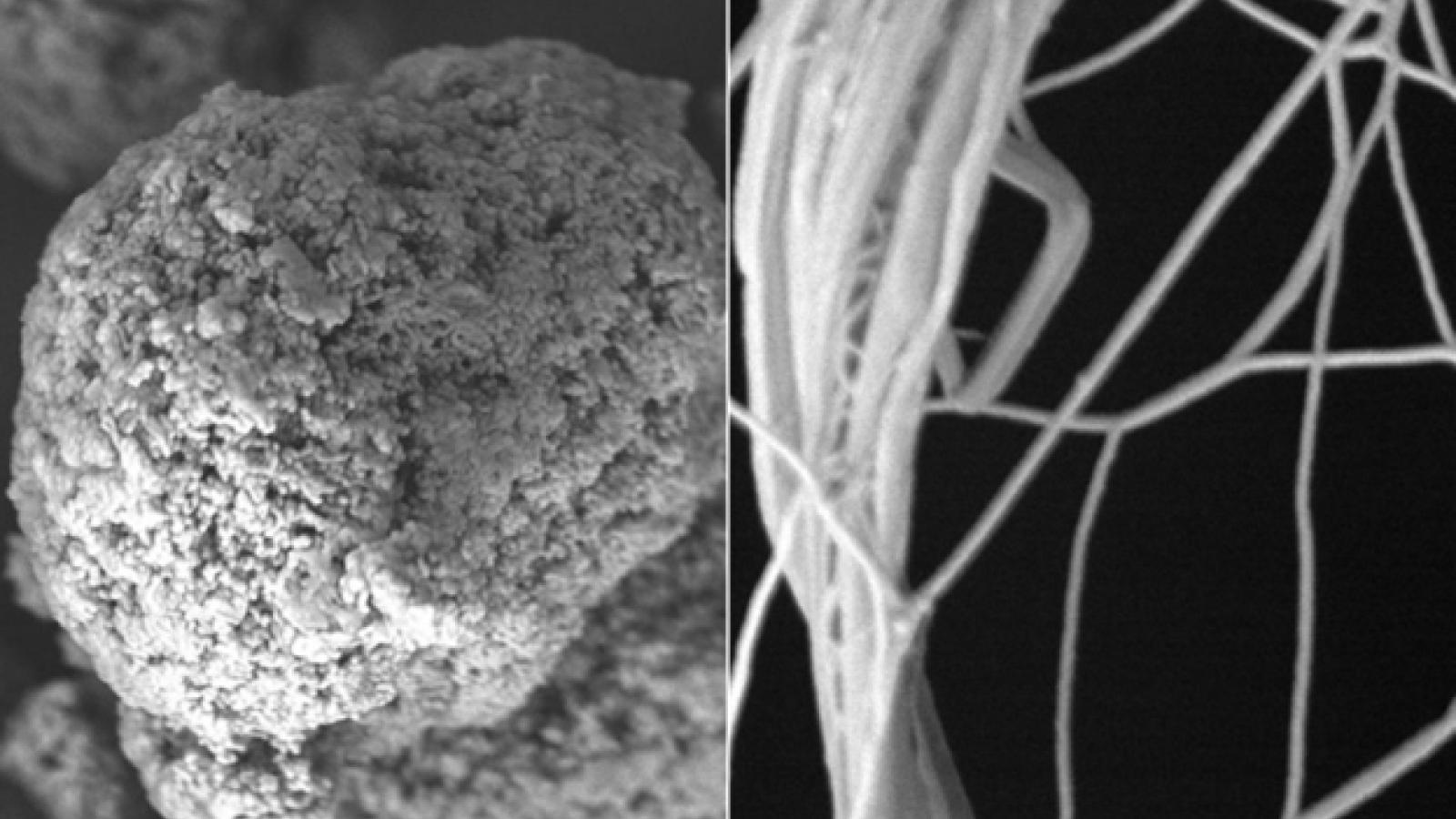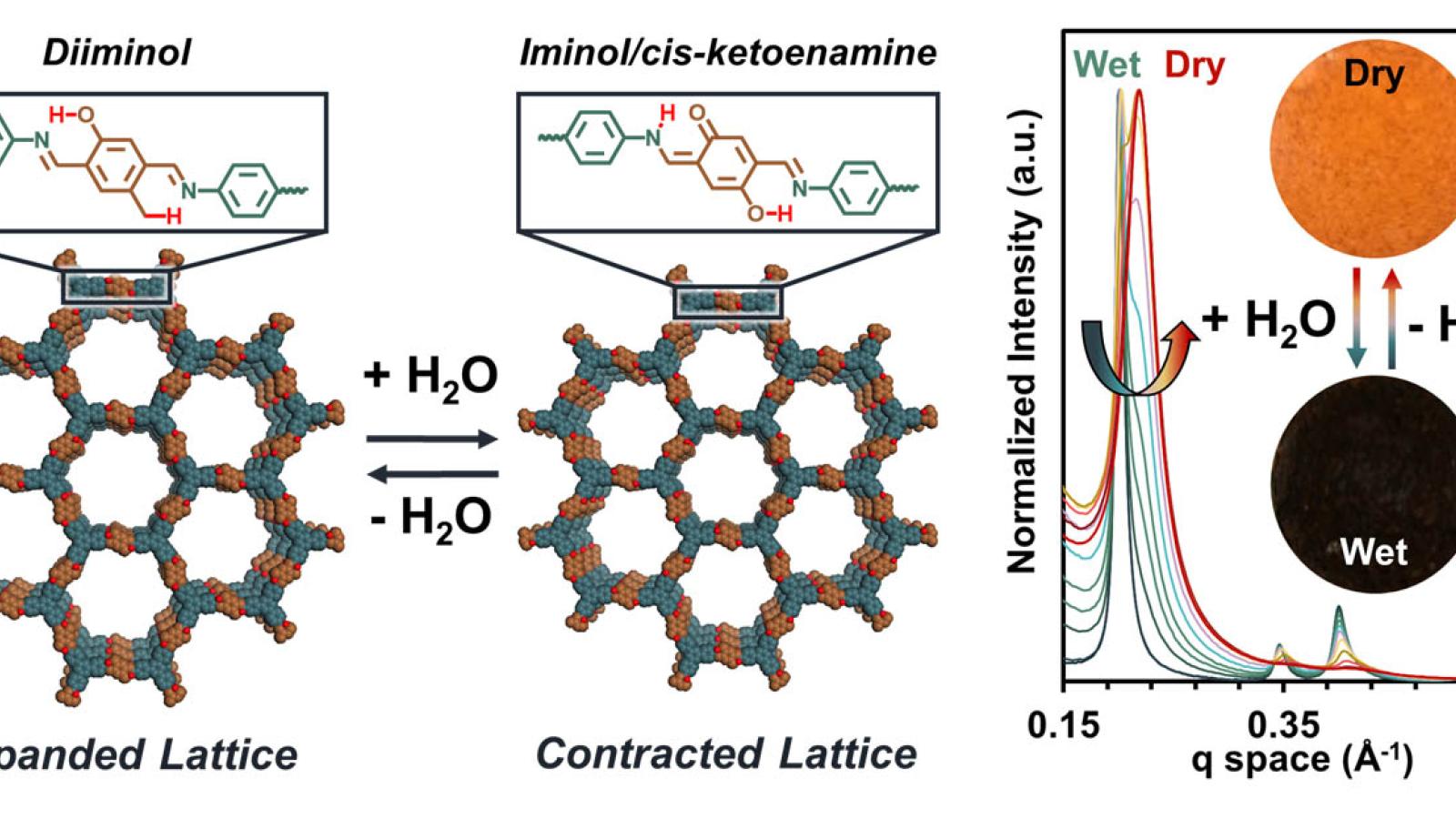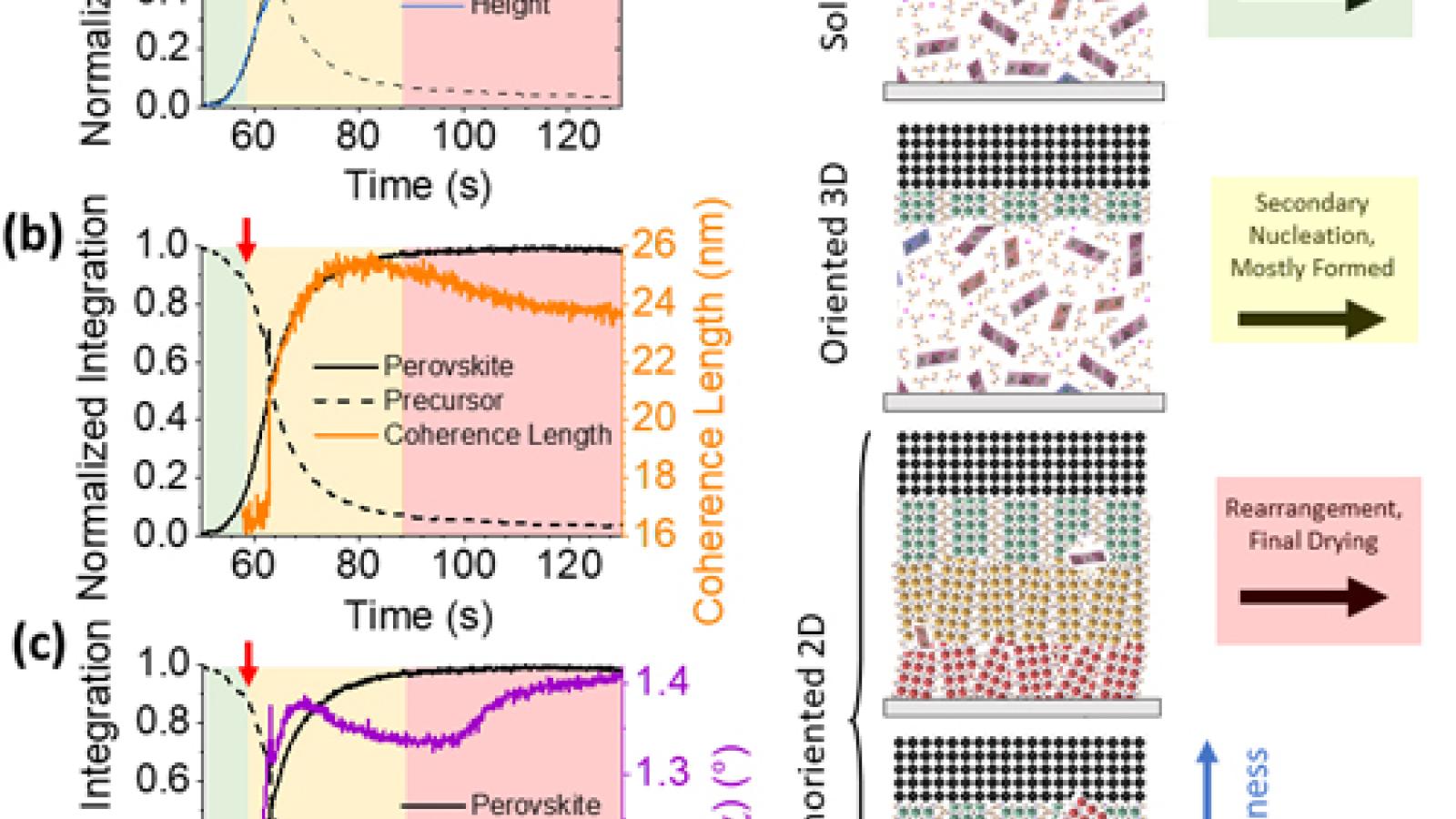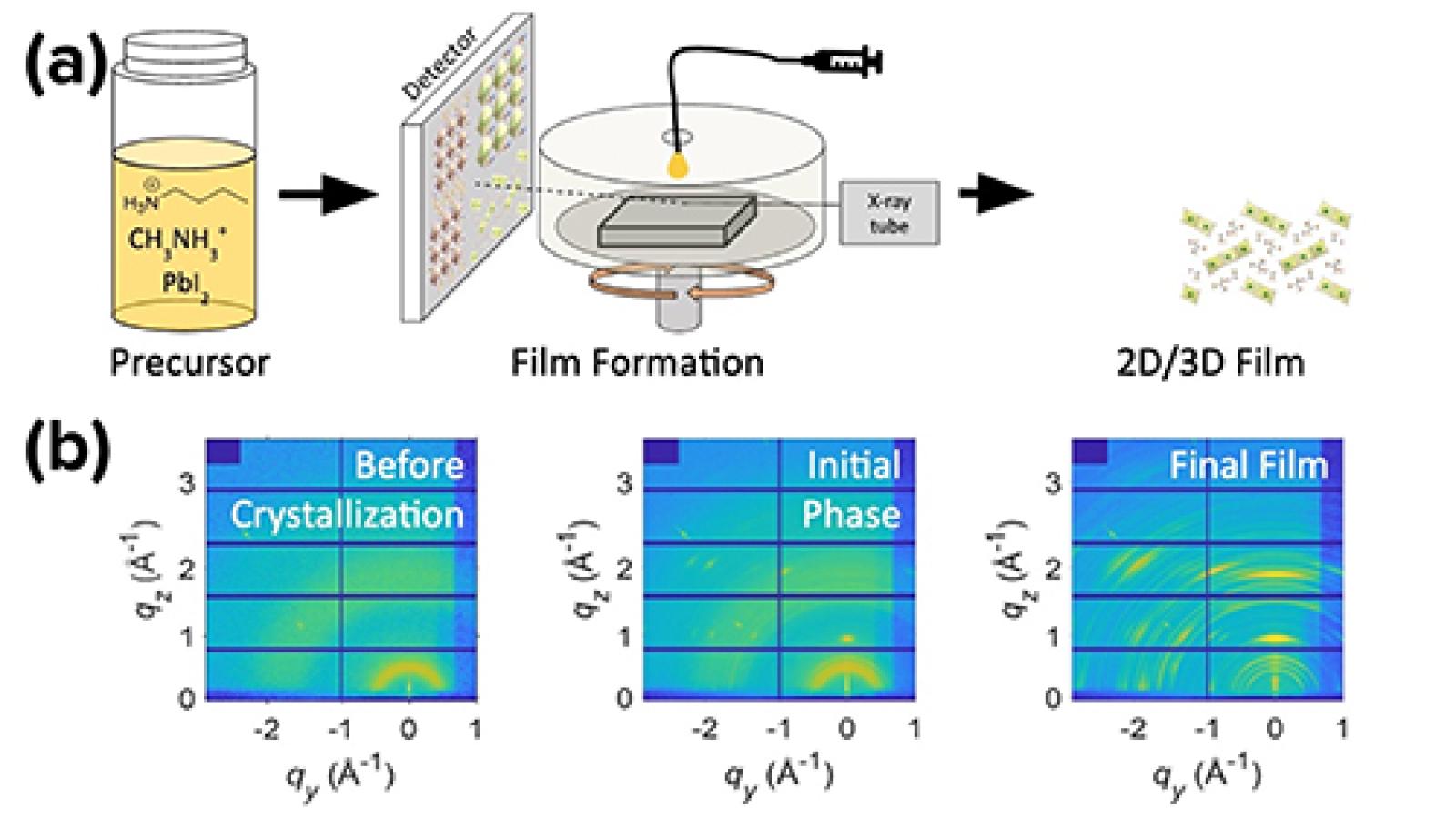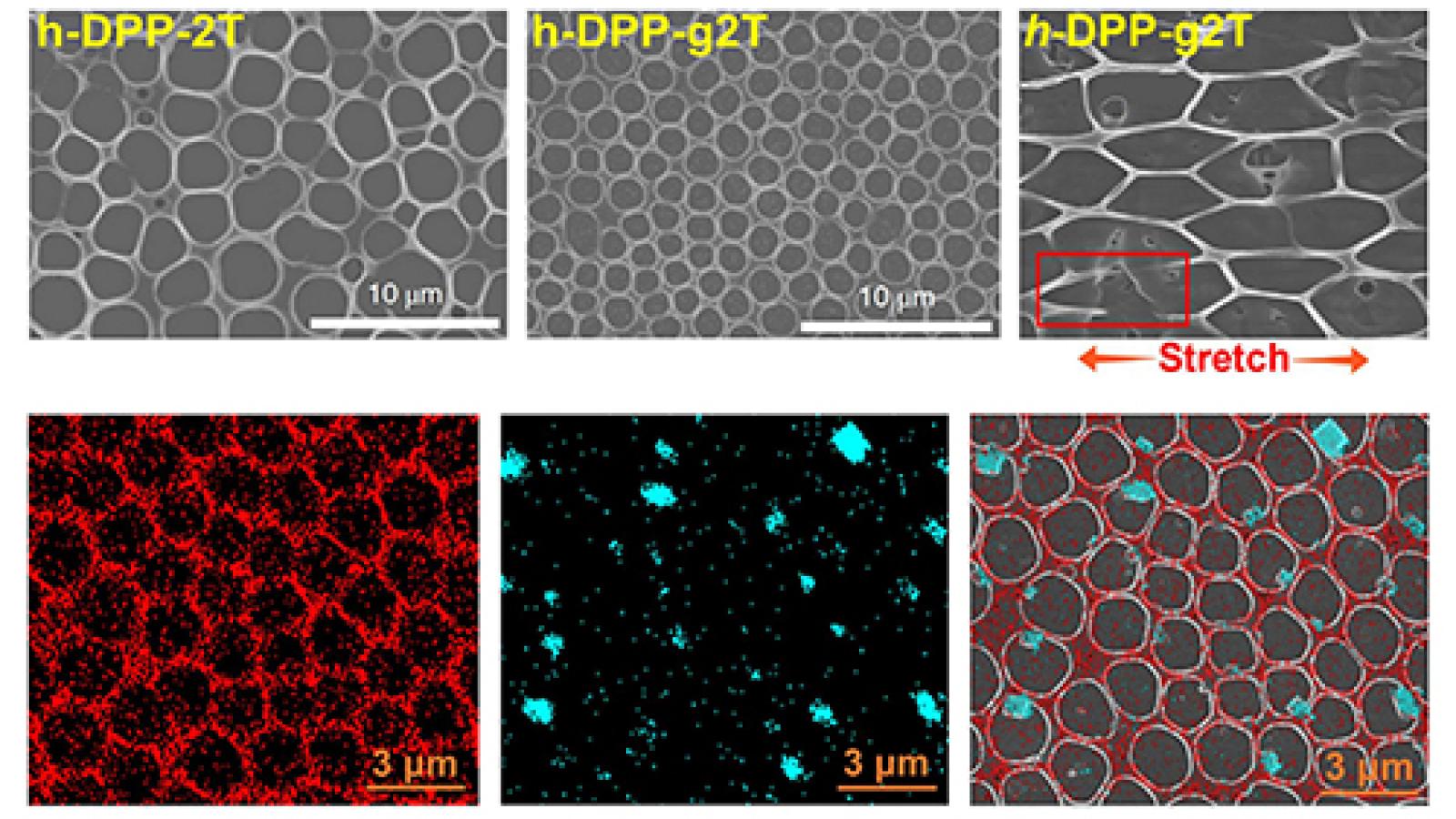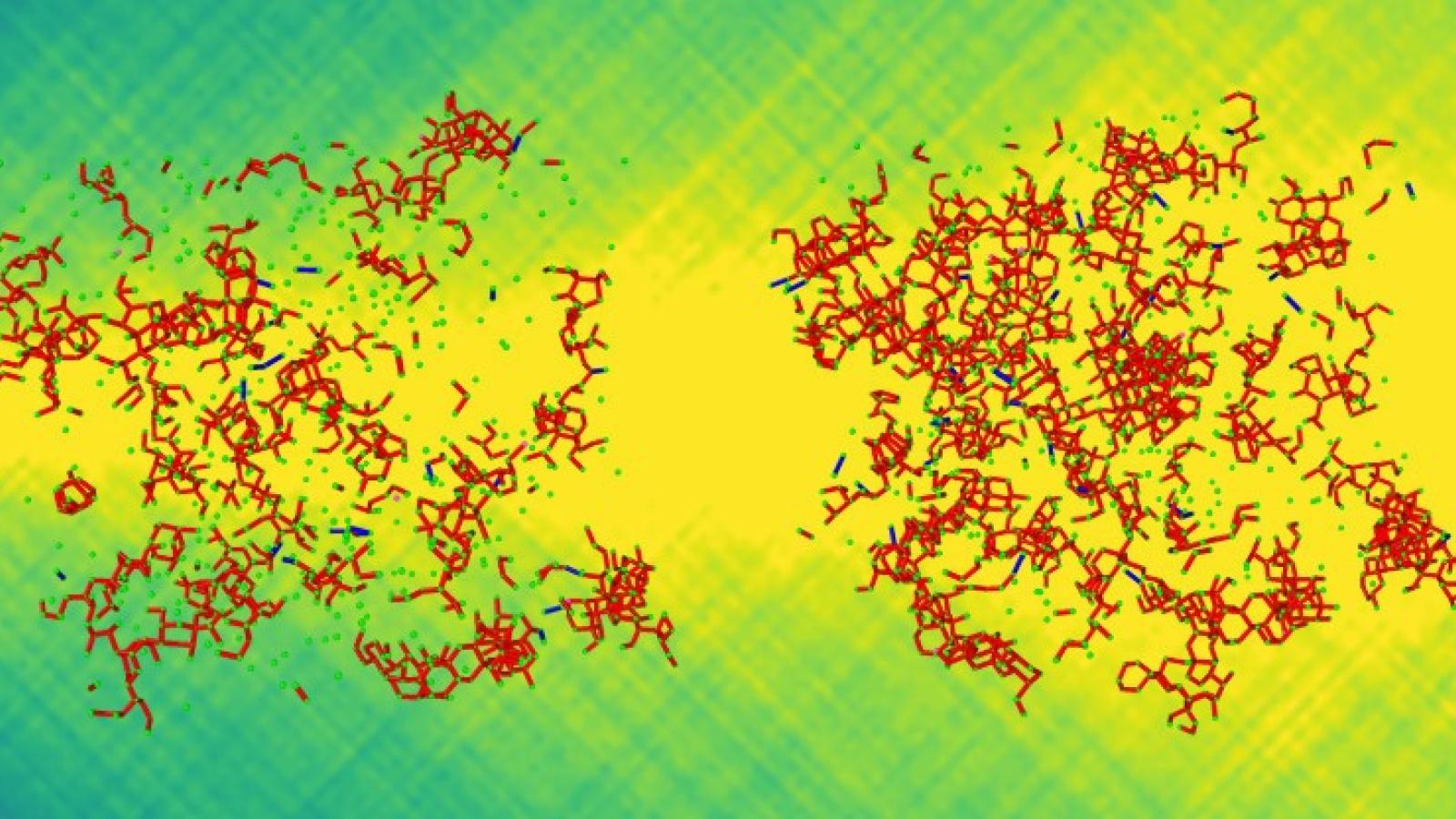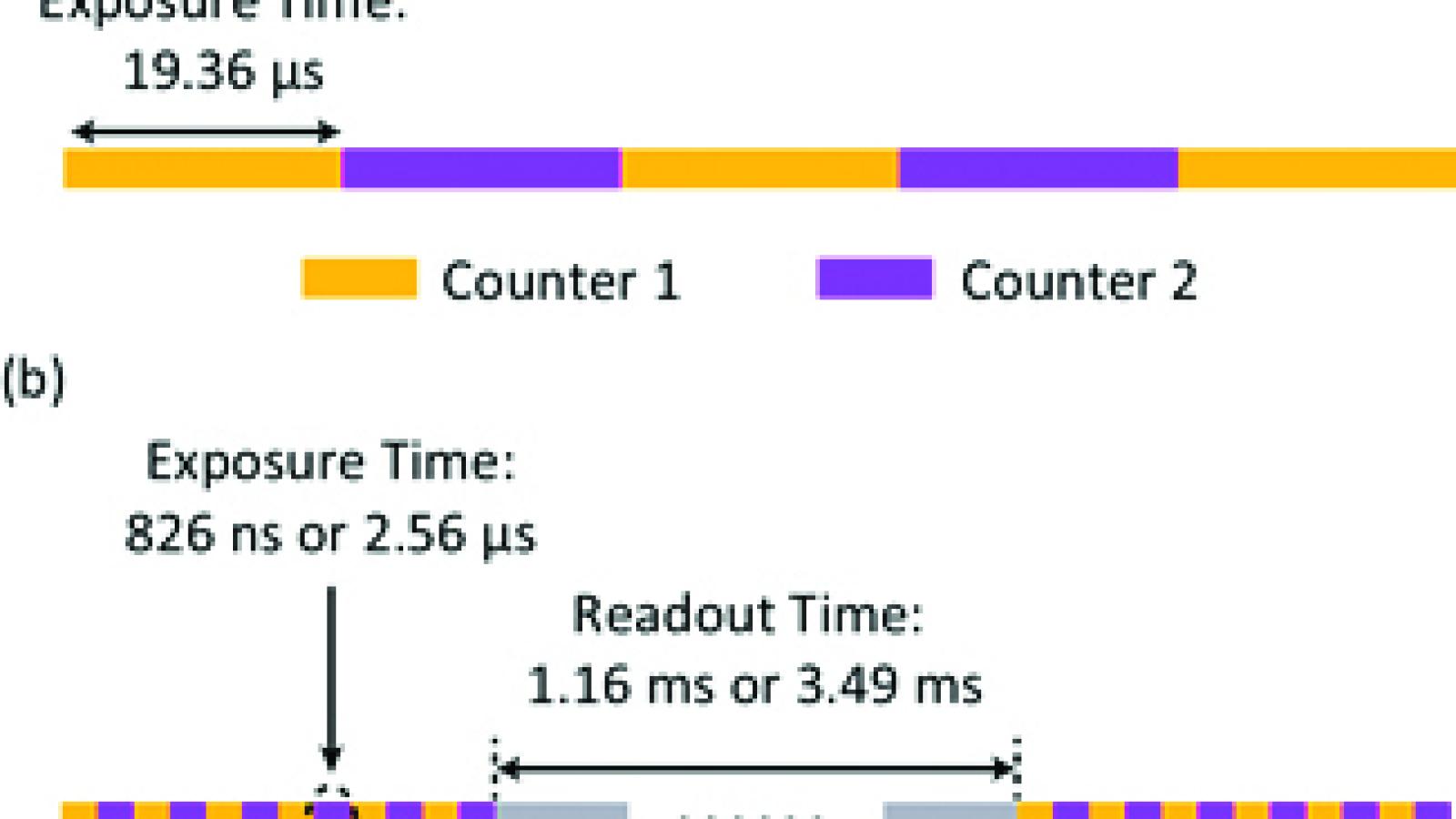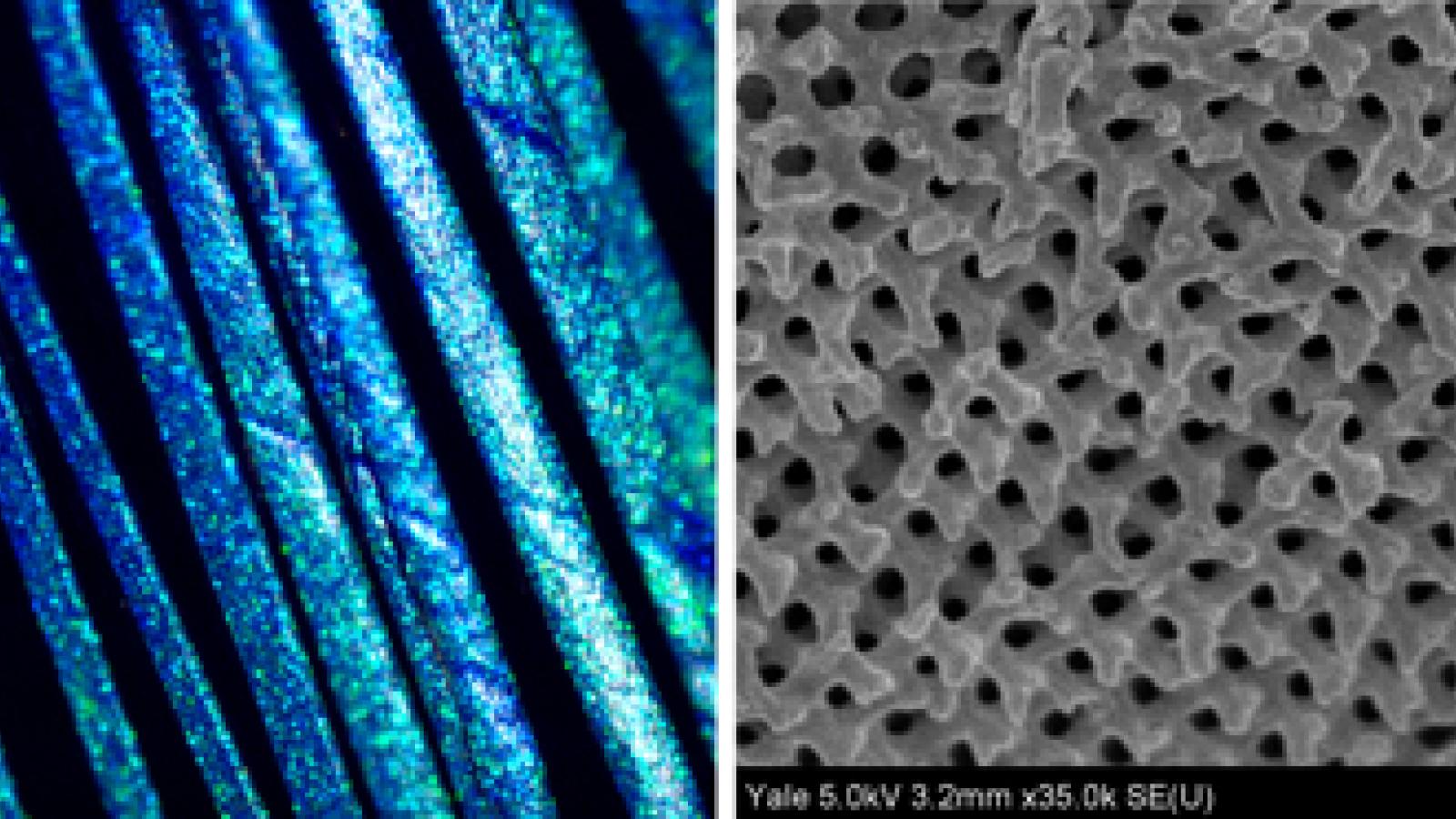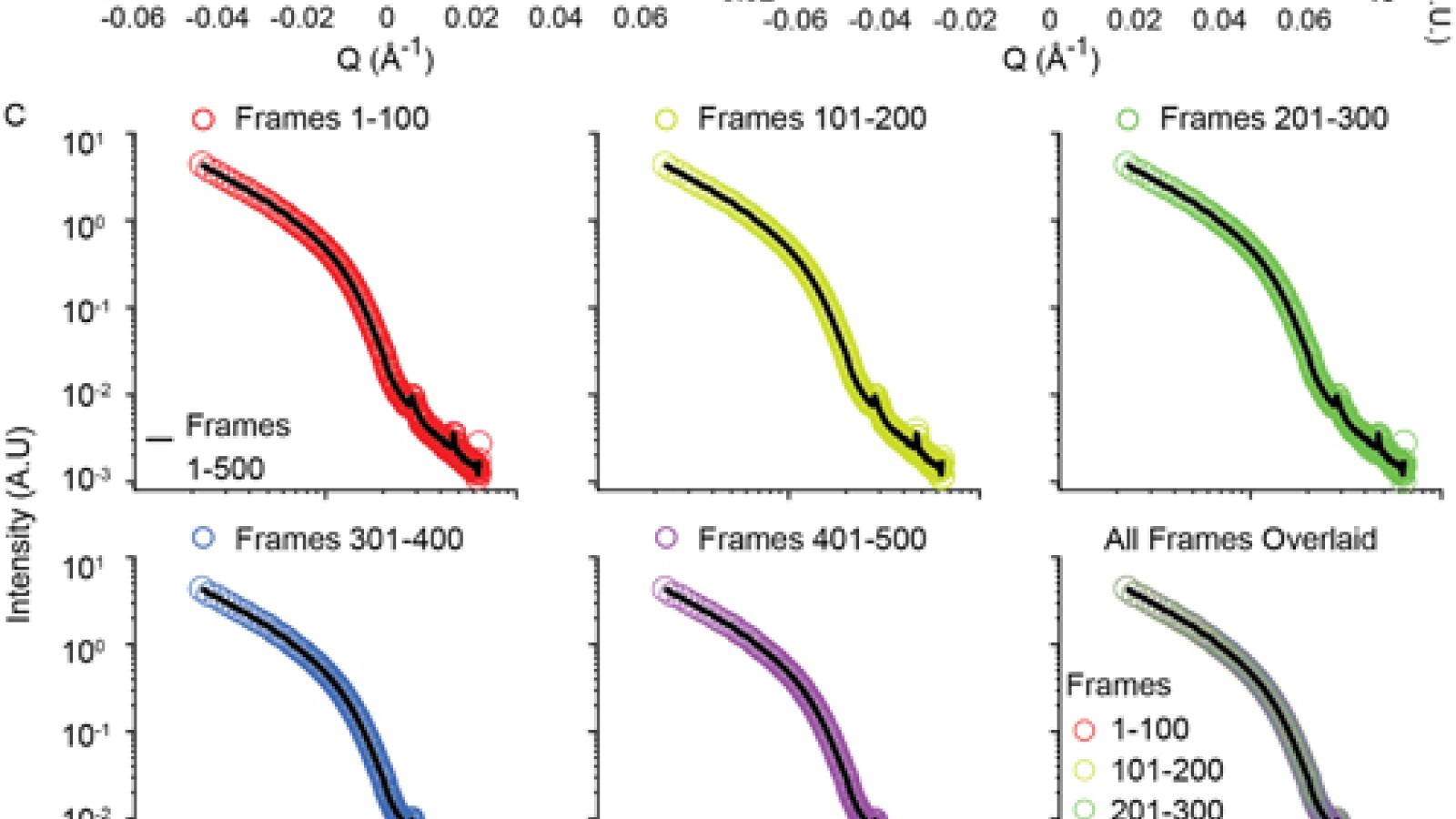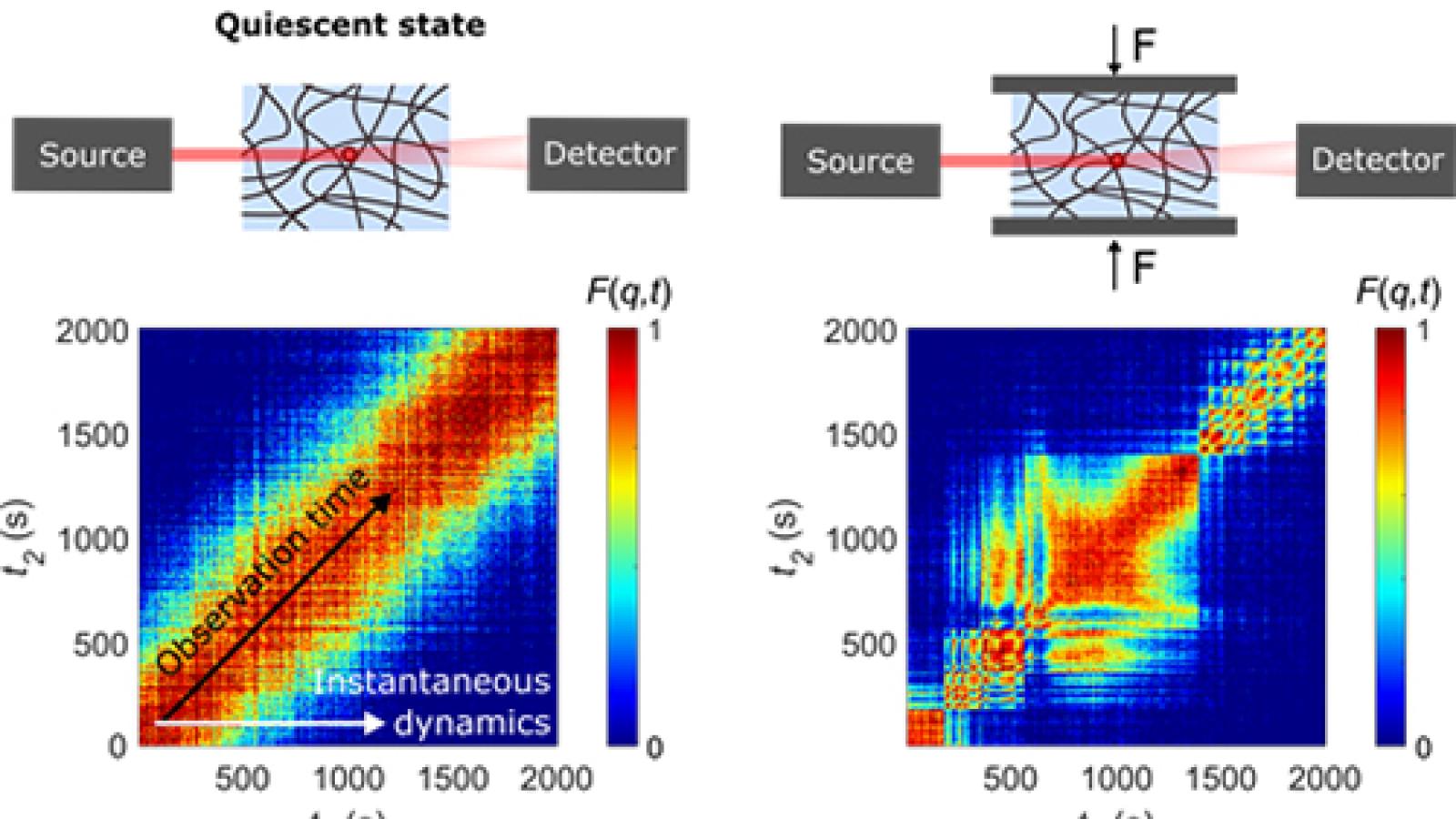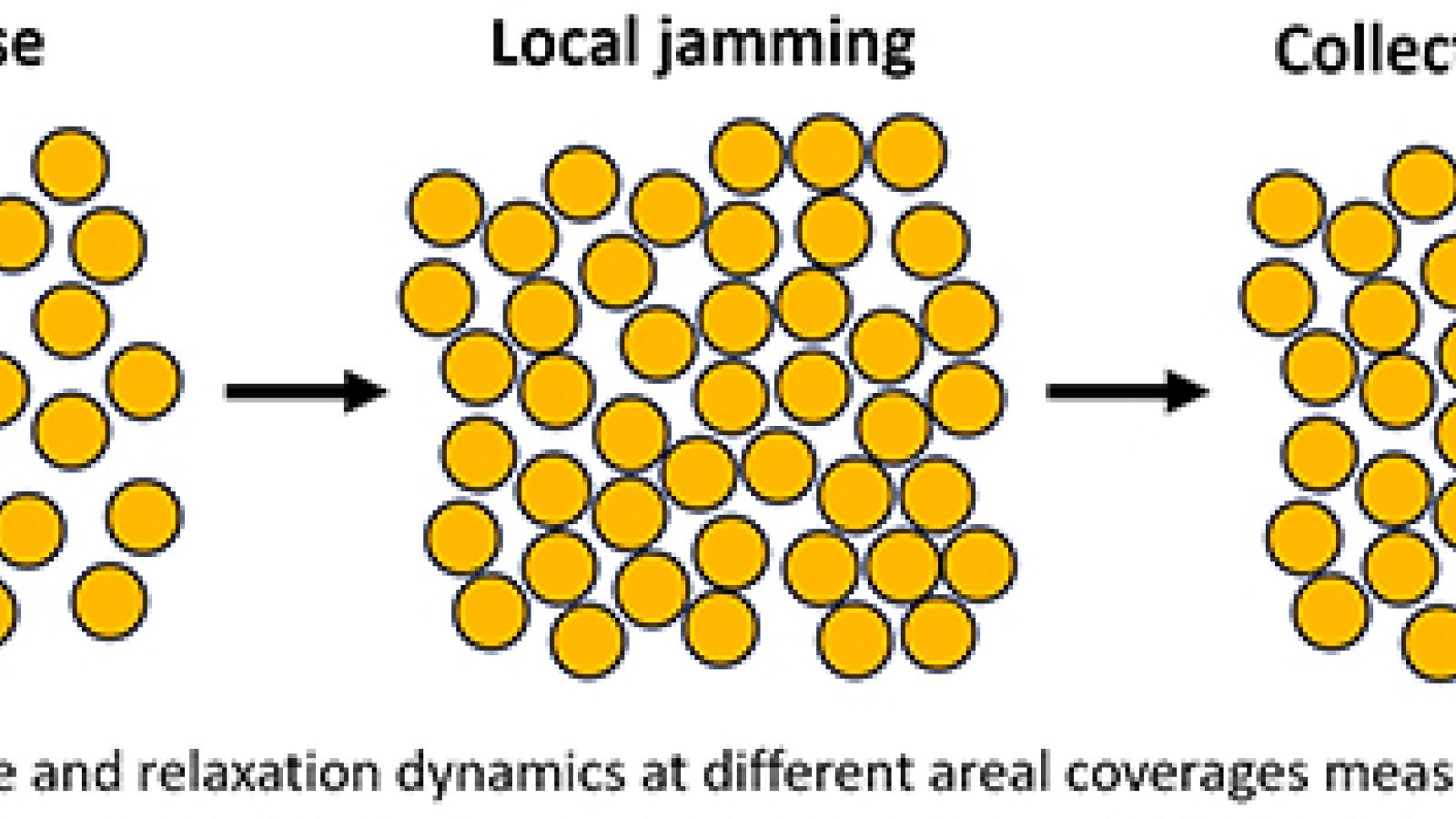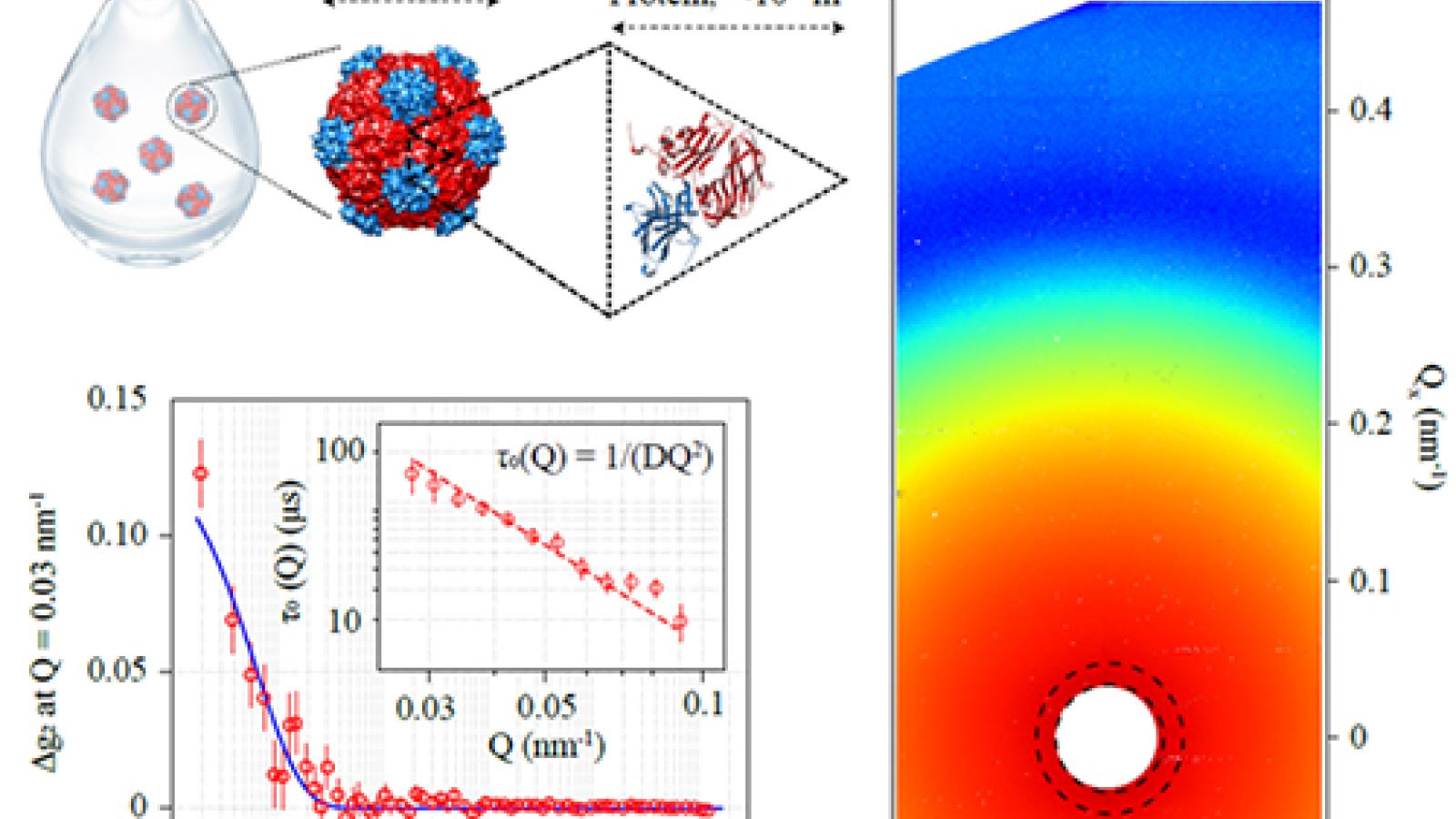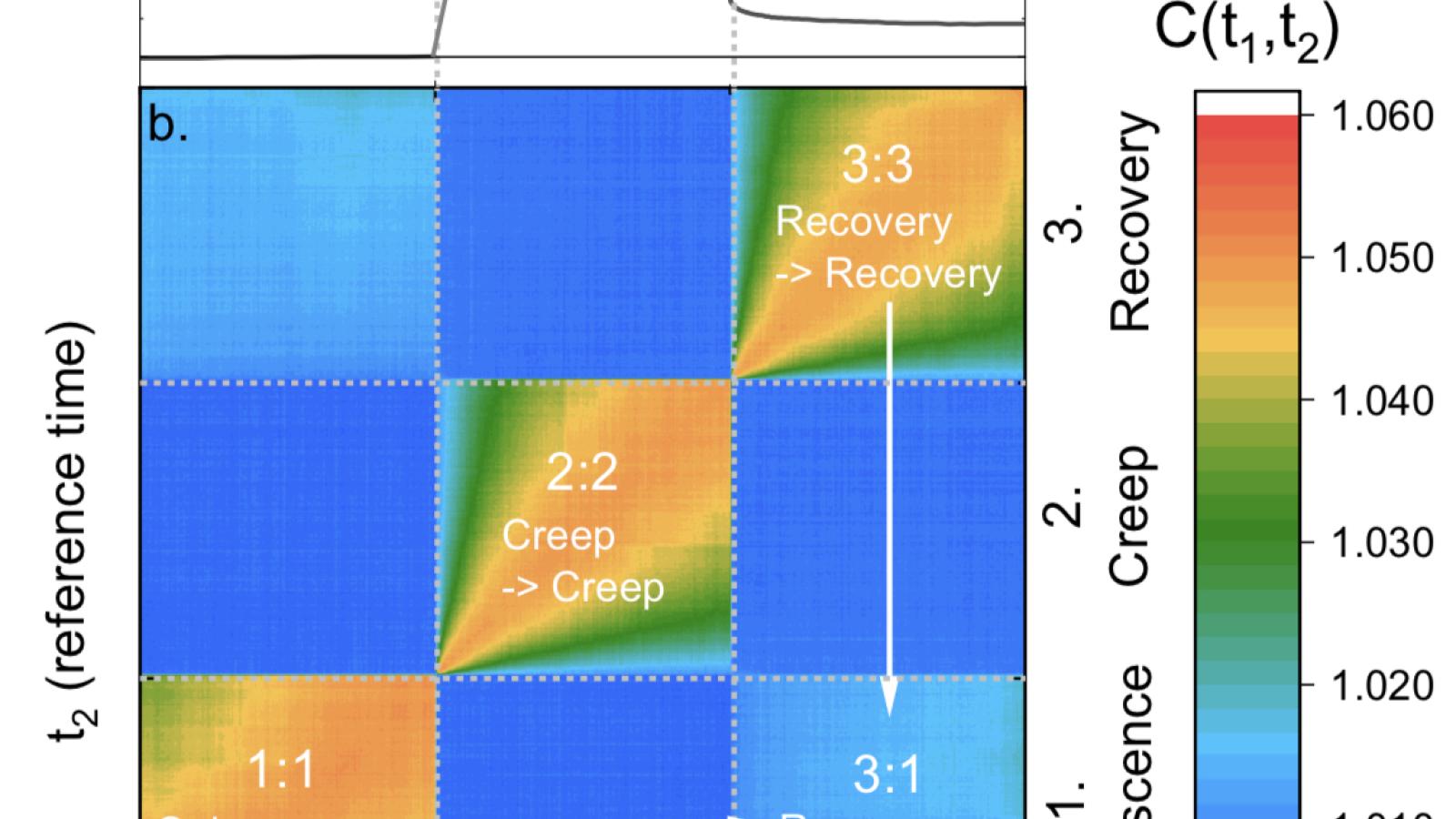The Dynamics and Structure (DYS) group specializes in the study of the interplay between structure, kinetics and dynamics in soft and hard condensed matter. The group operates two independent insertion device based feature beamlines: 8-ID, with two experimental stations 8-ID-E and 8-ID-I, and 9-ID, with one experimental station 9-ID-D.
| 8-ID-E | |
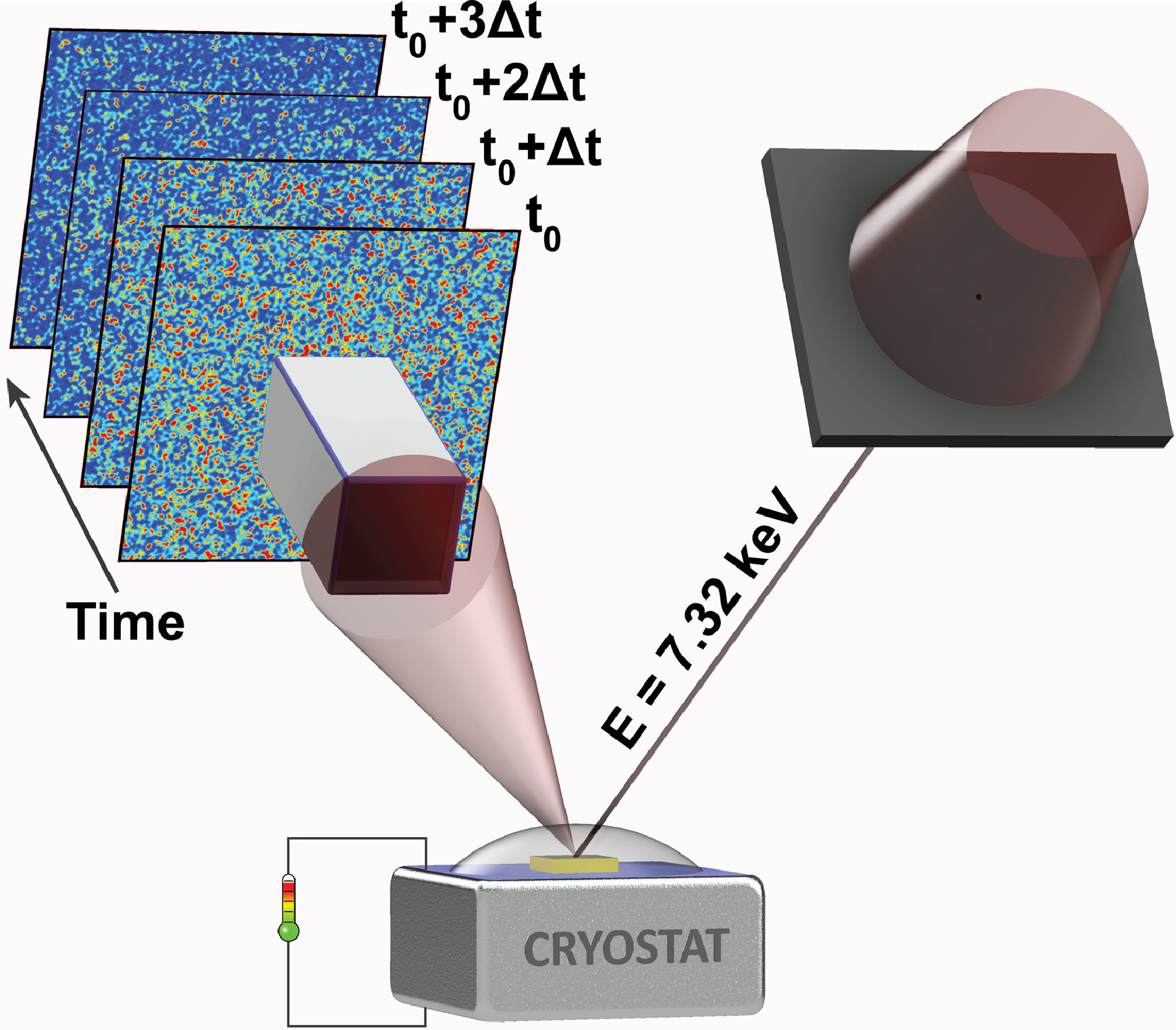 | Station 8-ID-E at the APS-U feature beamline 8-ID-E,I hosts the wide angle x-ray photon correlation spectroscopy program (WA-XPCS) that examines very low energy fluctuations in hard condensed matter. It is well suited for studies of metallic glasses, thin films, and novel materials such as complex oxides. The beamline detectors enable XPCS experiments up to 25 keV, and speeds up to 56 kHz. Station 8-ID-E is currently being commissioned. |
| 8-ID-I | |
Station 8-ID-I at the APS-U feature beamline 8-ID hosts the small angle XPCS program that examines very low energy fluctuations in hierarchically ordered soft materials such as polymer nanocomposites and glassy colloidal suspensions. Temperature and sample composition are traditional independent variables but considerable flexibility is provided for user-supplied sample environments such as rheometers, strain cells and deposition chambers. High-gain, high-resolution increasingly fast area detectors are used for measuring the time series of speckle patterns. An efficient and user-friendly interface to APS high-performance computing (HPC) resources provides rapid data reduction. Work in this station is relevant to understanding the stability of novel forms of matter with ultimate application to the food and consumer products industries. Beamline 8-ID-I is currently being commissioned. | |
| 9-ID-D | |
9-ID-D is the APS-U feature beamline dedicated to exploring materials at surfaces and interfaces with coherent x-ray scattering in grazing-incidence geometry. 9-ID-D hosts a program in Coherent Surface Scattering Imaging (CSSI), a new technique to determine the absolute structure of surfaces and interfaces. CSSI uses advanced phase retrieval algorithms to invert coherent scattering patterns and determine the structure of thin film materials. The technique relies on oversampling of the x-ray speckle pattern, enabled by the Grand Tube vacuum flight path, 2.75 m in diameter and 20 m long, with an in-vacuum Eiger 16M detector. 9-ID-D also hosts a program in nanoscale structure, kinetics and dynamics devoted to grazing incidence x-ray scattering (GIXS) measurements of the structure and processing kinetics of thin film materials. Measurements are made in both the wide-angle geometry (GIWAXS) (sensitive to molecular packing) and small-angle geometry (GISAXS) (sensitive to mesoscale ordering). A Pilatus 1M detector provides wide-angle time-resolved (> 10 ms) data collection, with the Eiger 16M capturing GISAXS data. A variety of sample environments are available for in situ measurements of films. Recent research at 8-ID-E is focused on correlating the structure of organic electronic thin films with performance parameters and probing defects in self-assembled block copolymers with applications to nanolithography. Additionally, the in vacuum Eiger 16M detector enables grazing-incidence x-ray photon correlation spectroscopy (GI-XPCS) measurements to probe the dynamics of thin film materials over timescales from 0.001 to 1000 seconds. Beamline 9-ID-D is currently being commissioned. |

